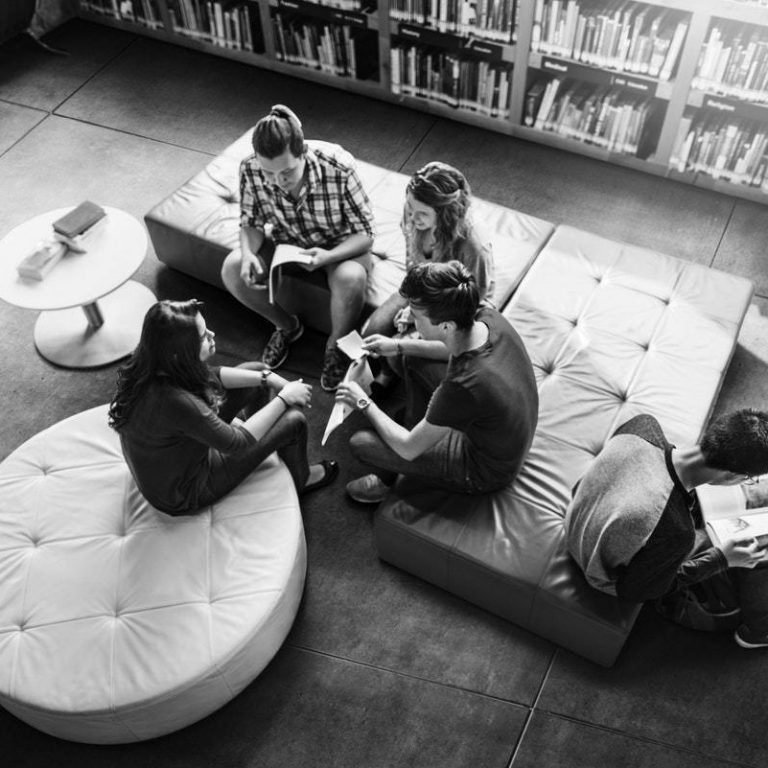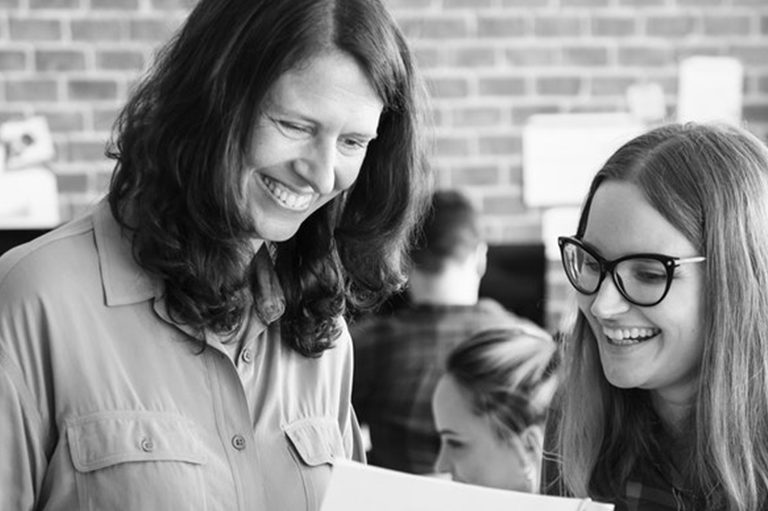London Brookes College organises excursions to develop greater subject matter understanding, support university applications or simply have fun. Here you can read about some of our trips by the students who went on them.
Extracurricular Activities
- Football
- Music Tuition
- Art Classes
- Theatre Trips
- Golf
- Tennis
- Cricket
- Basketball
- Badminton
- Swimming
- Middlesex University Gym facilities
- Copthall Leisure centre
- Virgin Active health Club – Hendon
My Lords, Ladies and Gentlemen
LBC AS Government & Politics student, Kazim Abbas, details an eventful and educational trip to the House of Lords
The House Of Lords trip was a great experience and one that I know I will not forget. We left college and reached there fairly quickly, the security outside the Houses was impressive. As for myself and the rest of the LBC Government and Politics, students entered the Houses accompanied by our teacher. The security checks were exactly as you might see in an airport, asking if you had any liquids, searching your bags and asking if you had any sharp objects. The Houses of Parliament are the centre of power, after all. They should be protected. After passing security checks we were given a visitor pass which we were to wear throughout the day. We felt like VIPs!
Whilst walking to the House of Lords, we saw what the Queen was given for her Diamond Jubilee, which was a huge stained glass that looked absolutely stunning. We entered the House, and we were first to arrive. It took us a moment to realise where we were! They had rows of seats at the back, and an oval shaped wooden table with microphones at the front of the space for each person to speak. As we were first to arrive we had the great privilege of meeting Lord Laird who greeted us individually and asked what we would like to do in the future; an added bonus of our early arrival was being able to sit at the front where the tables were, this allowed us to sit next to Lord Laird. The early political bird catches the best seats! As more and more students and school groups arrived, the debate began in earnest. The main topic which we were going to debate about was Human rights.
Lord Laird specifically reinvited our very own Mr.Logue to come back to speak in the House on the topic of his choice, as Lord Laird was particularly impressed with the suggestions and the ideas Mr Logue had contributed. At the end of this fascinating day, we were each given a certificate with our names on them to say we had participated in the debate. We thanked Lord Laird for giving up his time to set up this debate, and we all agreed that we hoped to be a part of many more.
Imperial War Museum Trip
“I am the enemy you killed, my friend.
I knew you in this dark: for so you frowned
Yesterday through me as you jabbed and killed.
I parried; but my hands were loath and cold.
Let us sleep now. . . .”
from Strange Meeting by Wilfred Owen By Sanah Arshad, AS Student
After an unexpectedly peaceful trip on the Northern Line, the A level English Literature students, accompanied by Mrs Poulton, arrived at the Imperial War Museum on a drizzly Wednesday afternoon just before Christmas. Having taken numerous selfies next to tanks, alongside guns and in military costume, the intrepid female army from LBC explored the WW1 galleries, discovering more about the conditions which inspired the literature studied in our classes. This trip really helped develop our understanding of the ‘wartime experience’ at this significant moment, considering that one hundred years ago, the Great War was underway.
The First World War was a war of innovation. Advances in weaponry and military technology provoked tactical changes in each side’s approach to combat and military strategy Film shows, re-creations and exhibits heightened our awareness of the “pity of war”. “Seeing the cumbersome gas masks on display really enabled us to make sense of Owen’s “fitting the clumsy helmets just in time” and the art works, exploring the war from above and below, showed us that conflict leads to creativity in painting as well as in poetry. We returned to the Northern line both sadder and wiser, appreciating the masterpieces of literature which WW1 engendered but deploring the atrocities to which it led.
Psychology & Sociology Field trip: thrown in the Clink!
by Natasha Chrouch
On Wednesday the 27th of January, the London Brookes College Psychology and Sociology department visited The Clink museum at London Bridge. This informative and enjoyable day gave many useful insights into the harsh realities of prison life throughout history. It also enormously helped our understanding of Zimbardo’s notorious Stanford Prison Experiment and prisoner pathology. Both psychology and sociology A Level students study this area and therefore we all found the trip very useful.
The Clink museum is made up of typical mediaeval prison-like surroundings. We could even see the watermark from where water from the Thames had actually flooded the prison while it was still active. The water rose to hip height leaving some very soggy prisoners! There were also replicas of instruments for punishing and restraining prisoners including a torture chair and even models of severed heads. Our guide was extremely amusing and also very good at explaining the intricacies of crime and punishment.
Our guide also explained to us why, in early human civilisations and societies in human history, prisons were invented as a way of detaining a suspect before deciding their punishment. Modern ideas about presumed innocence before conviction were not yet formed. So, all detainees were subjected routinely to cruel punishments and deprivation especially if they did not have any money to bribe the guard!
Overall, the trip was very interesting and everyone participated in the discussions with the guide and other school groups. The Clink was an incredibly realistic replica of the original prison and was said the be the inspiration for JK Rowling’s Azkaban in Harry Potter books.
A Level Psychology students visit (and lie on) Freud’s crib
Ms Ifrah Omran gives an overview of a visit to the Freud Museum in Hampstead
Freud’s weird and wonderful theologies and case studies play an integral part in the CIE syllabus for Psychology, from case studies of little boys with horse phobias as a consequence of envy of their fathers to psychosexual stages of development in babies. Located in Hampstead, what used to be Freud’s family home, has been converted into a museum dedicated to his lifetime’s work. It only seemed fitting to pay the museum a visit to delve into Frued’s past in the same way that he delved into the past of others over his long career as a psychoanalyst and thinker. A discussion and Q & A session with an extremely informative volunteer of the museum gave students the opportunity to see that Freud was a normal family man and father as well as espousing many unique and peculiar theories and ideologies.
To top the experience off was a tour of the museum with all of Freud’s antiquities and family memories. Not forgetting the most famous piece of furniture in all the collection, preserved just as it was in his life-time, Freud’s psychoanalytic couch, on which all of his patients reclined.
A faux Freud’s couch allowed students to transport themselves into the shoes of one of Freud’s patients.
Here’s a bit of what some of the Psychology students thought of their time at The Freud Museum.
“it was interesting to see how the man I learnt about in textbooks lived” – Hamdi Ahmed and Saneah Siddiqui “it was fascinating to understand the psyche and the thought process of the father of psychology”.- Yousuf Hayat “I had a great time learning about the nuances of Freud. It helped me to see that there was a lot of method to what some consider mostly madness” – Sharif Abdul Hakeem
A2 students hit the zoo. Students recollect
As part of their studies, the A2 Biologists and the intensive biology students went to the London zoo in November. We took part in a field studies activity day aimed at A level biologists. We discussed, planned and then sampled 2 areas to compare the effect of trampling on the plant species growing in the zoo’s open spaces.
We used identification charts to identify the plants and specific equipment to monitor the abiotic factors in each area. These are topics that often come up in papers 4 and 5 in CIE exams as well as being on the AQA and OCR specifications, so this was relevant for all students.
We then walked to an Area of Special Scientific Interest (SSSI) within the zoo but not in the area open to the public. This area is a managed chalk grassland where plants that are endangered within the UK are found growing. We learnt about the management of this area and performed belt transects and monitored the abiotic factors here. When we returned to college we processed the data and used statistical tests to confirm or reject our original hypotheses. After these learning activities, we had free time to walk around the zoo and see all the various endangered creatures that are looked after there and read about the conservation work that is being done to preserve them. This is also on the specification for A2 biology for the exam boards the students are studying.



